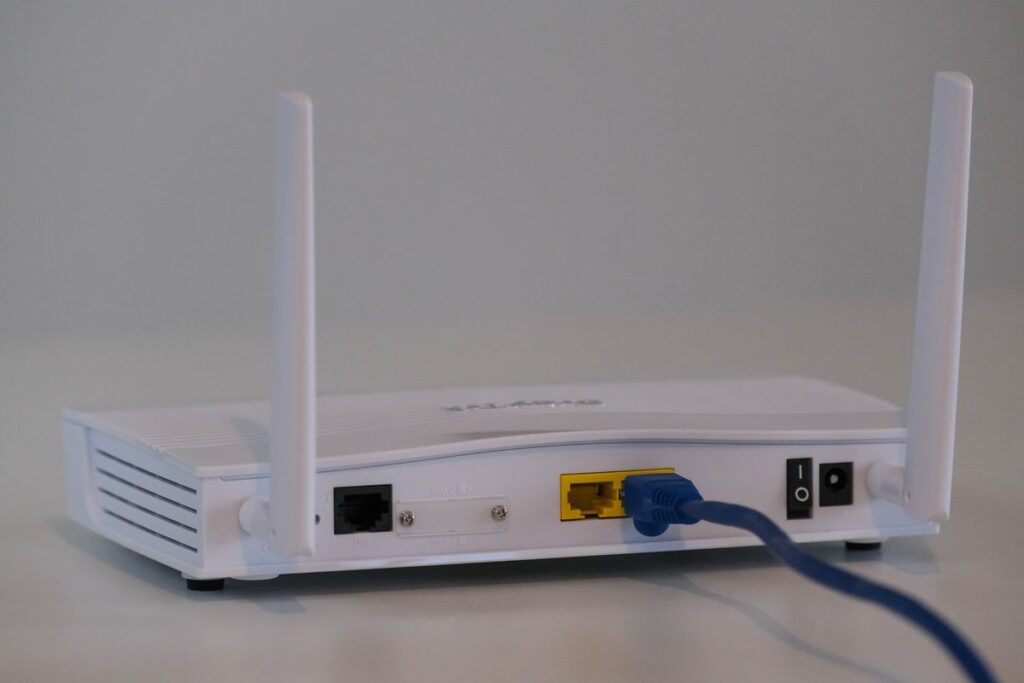When it comes to running a website or application on a dedicated server, network redundancy is an important consideration. Without network redundancy, your site or application may experience downtimes in case of network failures or other issues. To ensure that your site or application stays online, it’s important to understand the basics of network redundancy and how to implement it on your dedicated server.
What is Network Redundancy?
Network redundancy is the practice of having multiple independent network paths that can be used to transfer data in case of a network failure. This ensures that in case of a failure of a network component, the data can still be transferred via other paths. Network redundancy can be implemented in several different ways, including:
- Dual WAN: This involves having two internet connections, one as a primary and the other as a backup. In case of a failure of the primary connection, the backup connection can be used to transfer data.
- BGP: Border Gateway Protocol (BGP) is a routing protocol that can be used to implement network redundancy by using multiple paths to transfer data.
- Load Balancing: This involves distributing network traffic across multiple network paths to ensure that in case of a failure of one path, traffic can still be transferred via other paths.
Why Network Redundancy is Important for Dedicated Servers
Dedicated servers are an important component of business infrastructure, and it’s crucial to ensure that they are always online. Network redundancy can help to ensure that your site or application stays online in case of a network failure. Additionally, Network redundancy can also improve the performance of your site or application by distributing network traffic across multiple paths.
- Improve availability: By having multiple paths for data transfer, network redundancy can help to ensure that your site or application stays online in case of a network failure.
- Improve performance: By distributing network traffic across multiple paths, network redundancy can help to improve the performance of your site or application.
- Reduce costs: By implementing network redundancy, you can reduce the costs associated with network downtime.
How to Implement Network Redundancy for Dedicated Servers
To implement network redundancy for your dedicated server, there are several steps you can take:
- Identify potential points of failure: Identify the potential points of failure in your network infrastructure and develop a plan to address them.
- Choose a redundancy strategy: Decide on the type of network redundancy that best fits your needs.
- Implement the chosen strategy: Implement the chosen redundancy strategy by configuring the necessary hardware and software.
- Test your redundancy: Test your redundancy to ensure that it’s working as intended and that your site or application stays online in case of a network failure.
- Monitor your network: Monitor your network regularly to ensure that your network redundancy is still effective and that your site or application is still performing well.
In conclusion, Network redundancy is an important aspect of running a website or application on a dedicated server. It helps in ensuring that the site or application stays online in case of network failures, improves performance, and reduces costs. By identifying potential points of failure, choosing a redundancy strategy, implementing it, testing it, and monitoring it, you can ensure that your dedicated server has a robust network redundancy in place.



